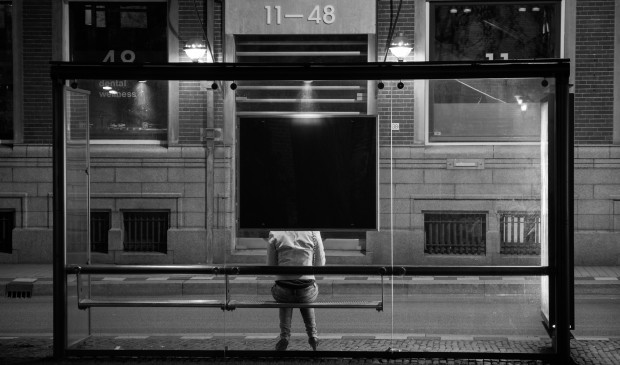Cap Metro approves budget for next fiscal year
Tuesday, September 29, 2015 by
Tyler Whitson The rubber will continue to hit the road for Capital Metropolitan Transportation Authority buses and transit services for another year, according to the $357 million Fiscal Year 2015-16 budget that the agency’s board of directors unanimously adopted on Monday.
The budget, which goes into effect Thursday, covers $246 million in operating expenses and $111 million in capital expenses. In the same vote, the board also approved Capital Metro’s five-year Capital Improvement Plan, which, including the capital expenses in the coming fiscal year, envisions spending $405 million through Fiscal Year 2019-20.
A press release that Capital Metro put out on Monday points out that the budget includes funding for the agency to continue offering high-frequency bus route services, purchase new buses and vans for its MetroBus and MetroAccess services and expand its Lakeline and Howard park and ride facilities.
The budget also includes funding for adding express bus service to the managed lanes under construction on MoPac between Cesar Chavez Street and Slaughter Lane. It is not clear, however, whether the beleaguered project will be fully complete before the end of Capital Metro’s coming fiscal year.
As Board Chair Wade Cooper pointed out, Capital Metro is making its investments under strict financial constraints, falling short of even covering its $246 million operating budget with the $217 million it projects to collect in sales taxes and the $26 million it projects to make in fares.
“At the end of the day, there’s not a great flood of cash coming in here to maintain what we have, let alone to advance the goal, in terms of providing additional services,” Cooper said.
The remainder of the projected revenues consists primarily of the previous fiscal year’s fund balance as well as capital grants, federal grants and debt proceeds.
“It’s an interesting time for us to really think about what our priorities are, and I think the service plan discussion that we’re going to have really presents, straight up, an opportunity for us to think about our priorities because we’re challenged a little bit,” said Cooper.
Board Secretary Ann Stafford responded that Capital Metro financial staff is conservative when projecting anticipated sales tax revenue and that the agency often collects more than it anticipates. “Yes, it’s tight, but I have confidence that as this community continues to grow, our economics will get better and better,” she said. “It’s not as frightening as it … would appear.”
The service plan discussion referred to by Cooper relates to Capital Metro’s 10-year service plan, which will outline how the agency plans to reach its goals of expanding its fixed-route service and increasing ridership, efficiency and connectivity through 2025.
The board approved a contract with California consultant Transportation Management & Design Inc. on Sept. 14 to develop the plan. The consultant will craft the plan with public input over the next year, with intentions to complete it in fall 2016 so that it can be implemented in early 2017.
City Council Member Ann Kitchen, who sits on the board and chairs the Council Mobility Committee, placed significant emphasis on the service plan when she spoke with the Austin Monitor about whether the adopted budget aligns with the city’s transportation goals.
“I think it aligns at this point. I think that we have a number of major issues to wade into, and we will have the opportunity to revise our budget as need be to address those issues,” Kitchen said.
“For example, the service plan is a major planning activity because it will address where we provide our services and how,” she continued. “So, when we complete that process, we will be aligning our budget with the results of that process.”
Kitchen mentioned further increasing the availability of park-and-rides as a goal that the board could consider over the next year. “A robust system of park-and-rides is important for the city, and there are planning efforts that are going on around new places for park-and-rides,” she said. “As those progress, we have the option to revise this budget to align with those plans.”
Capital Metro currently provides transit to 12 park-and-ride facilities in Austin, offering drivers the opportunity to drop off their cars, use transit and then pick up their cars when they are finished.
Council Member Delia Garza, who also sits on the board, suggested that park-and-rides could help decrease congestion while increasing frequency of service, ridership and fare revenue. Council, she added, could encourage developers to construct them.
“As Council members, we meet with developers all the time,” said Garza. “I guess I’m trying to tackle it on the front end and say, ‘Oh, that project looks great, can you add a park-and-ride to that?’”
Based on the board’s conversations, it appears that the ride is just beginning for a budget that has not yet gone into effect but already seems headed for revisions.
You're a community leader
And we’re honored you look to us for serious, in-depth news. You know a strong community needs local and dedicated watchdog reporting. We’re here for you and that won’t change. Now will you take the powerful next step and support our nonprofit news organization?



